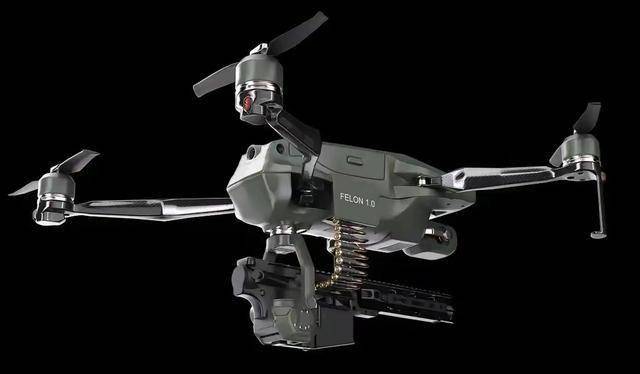In recent years, drones have transitioned from an innovative curiosity to essential tools across a multitude of industries. The advent of working drones has significantly transformed how businesses operate, offering capabilities that were previously unimaginable. From surveying large areas to delivering packages in hard-to-reach locations, the versatility of these flying gadgets is reshaping the future of several sectors. As technology continues to evolve, the potential applications of drones are expanding, underscoring their growing importance in today’s economy.
Agricultural Advancements
Agriculture is one of the key industries set to benefit immensely from the deployment of working drones. These drones are equipped with high-resolution cameras and multispectral sensors that provide crucial data about crop health, soil quality, and irrigation needs. This information allows farmers to adopt precision agriculture techniques, optimizing resources and boosting crop yields while minimizing environmental impact. Drones can cover vast expanses quickly, collecting data that contribute to more informed decision-making processes.
Construction and Infrastructure
In the construction and infrastructure industry, working drones are becoming indispensable tools for site surveys and monitoring. They offer a bird’s-eye view of construction sites, helping managers oversee progress and identify potential issues before they become significant problems. Using drones accelerates project timelines by reducing the need for manual inspections, thereby saving both time and money. Additionally, drones are instrumental in maintaining infrastructure like bridges and powerlines, where accessibility can be a challenge.
Transportation and Delivery Services
The integration of working drones in the transportation and logistics realm is a transformative development. Companies like Amazon and UPS are investing in drone delivery systems, which promise to make last-mile deliveries faster and more efficient. Working drones can easily navigate urban landscapes, bypassing traffic congestion, and reaching consumers more quickly. This capability not only improves customer satisfaction but also reduces the carbon footprint associated with traditional delivery methods.
Environmental Conservation
Drone technology is also playing a pivotal role in environmental conservation efforts. Working drones are utilized for wildlife monitoring, providing researchers with data on animal populations, migration patterns, and habitat conditions. They assist in tracking endangered species without causing disturbance to their natural behaviors. Additionally, drones are instrumental in disaster management, offering real-time insights into affected areas and aiding in the coordination of rescue operations.
Film and Media
The film and media industry has embraced working drones to capture breathtaking aerial shots that were once only possible with helicopters. Drones provide filmmakers with more creative freedom and significantly reduce production costs. The ability to shoot in previously inaccessible areas opens up new possibilities for storytelling and visual content creation, making drones a staple in the industry.
Challenges and Regulatory Considerations

Despite the promising applications, the widespread adoption of working drones faces challenges, particularly regarding regulatory frameworks. Governments need to balance enabling innovation with ensuring safety and privacy. Regulations concerning airspace usage, data protection, and operational safety are continually evolving to address these concerns.
FAQ
Q1: Are drones difficult to operate?
A: Modern working drones are designed with user-friendliness in mind. Many models are equipped with GPS and automated flight features that simplify operation, making them accessible even to beginners.
Q2: How do working drones impact employment?
A: While drones may reduce the need for certain manual tasks, they also create new opportunities in drone operations, maintenance, and data analysis, necessitating workforce re-skilling.
Q3: What is the future outlook for working drones?
A: The future for working drones is promising, with advancements in AI and machine learning set to enhance their capabilities further, leading to broader applications and increased industry reliance.